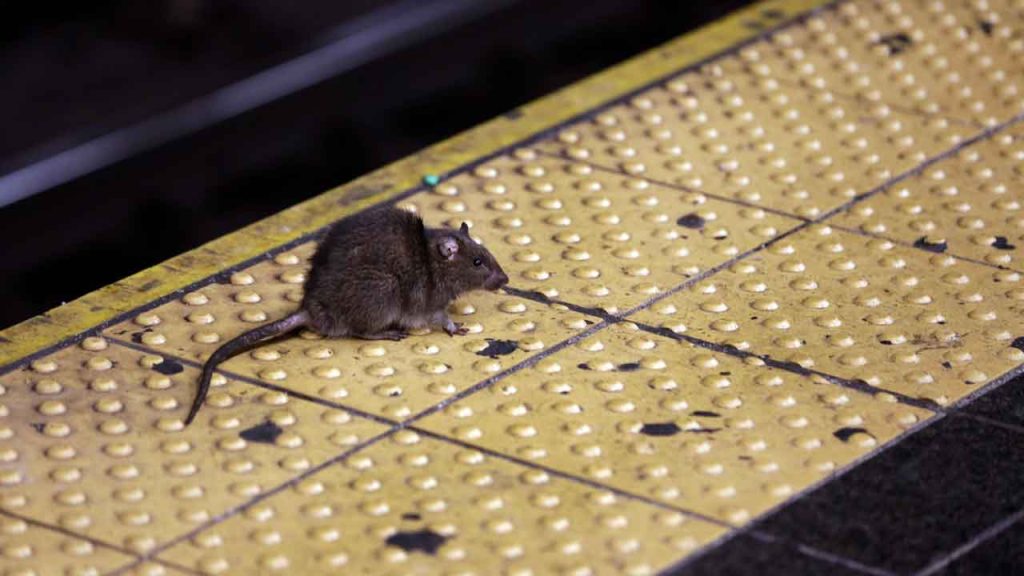New York City health officials have issued a warning about the increase in transmitted bacterial illnesses spread by rat urine after reporting 24 cases in 2023, the highest number for any year so far. The city’s Department of Health mentioned that while only six cases of leptospirosis have been reported this year, the numbers are on an upward trend. Most cases in New York are linked to exposure to materials contaminated with rat urine from the Norway rat. Symptoms of the disease include fever, headache, chills, muscle aches, vomiting, diarrhea, cough, conjunctival suffusion, jaundice, and rash, among others. If left untreated, complications like kidney failure, meningitis, liver damage, and respiratory distress can occur. The Deputy Commissioner for the Division of Disease Control issued a memo on April 12 warning residents about the disease, highlighting the importance of avoiding direct contact with infectious urine or contaminated water, soil, and food.
The Bronx had the highest number of cases from 2001 to 2023, with 37 reported instances of leptospirosis, followed by Manhattan at 28 cases. While six deaths were reported during the same period, officials emphasized that person-to-person transmission of the disease is rare. The Leptospira bacteria, responsible for the illness, can die within minutes in dry heat and freezing cold conditions. However, climate change-related factors such as excessive rain and unseasonably warm temperatures may support the persistence of the bacteria in more temperate areas like New York City. The increase in cases is concerning as only three cases per year were reported between 2001 and 2020. From 2021 to 2023, the city received 15 reports of leptospirosis, indicating a significant rise in infections.
With an estimated 3 million rats residing in New York City, efforts to combat rat infestation have become a priority for officials. Mayor Eric Adams attributed the growing number of New Yorkers leaving the city in part to concerns over rat infestations, citing a desire for larger green spaces where children can play outdoors and see animals other than rats. In response to this issue, the city is ramping up its efforts to address the rodent problem, including hiring a new ‘rat czar’ to help with the long-running battle against rodents. Increased rat populations have been attributed to warmer and wetter climates, with more than half of the 24 cases reported in 2023 occurring between June and October during a period of excessive rain and unseasonably warm days.
The symptoms of leptospirosis can be severe, including a range of flu-like symptoms and potential organ damage if left untreated. The memo issued by health officials stressed the importance of preventive measures such as avoiding contact with rat urine or contaminated materials and seeking medical attention if symptoms develop. While person-to-person transmission is rare, the spread of the disease can be linked to environmental conditions favorable for bacterial survival. With the impact of climate change potentially contributing to the persistence of leptospires in urban areas like New York City, public health efforts to control rat populations and educate residents on disease prevention have become a crucial aspect of safeguarding the community’s health.
In conclusion, the increase in reported cases of leptospirosis in New York City underscores the importance of addressing rat infestation and implementing measures to prevent the spread of bacterial illnesses transmitted by rats. The rise in infections, particularly in recent years, highlights the need for public health initiatives to combat the disease and educate residents on ways to protect themselves from exposure. The presence of a significant rat population in the city, coupled with environmental factors influenced by climate change, presents challenges in controlling the spread of leptospirosis. By raising awareness, implementing preventative strategies, and improving rodent control efforts, New York City aims to mitigate the risks associated with rat-borne diseases and ensure the well-being of its residents.


